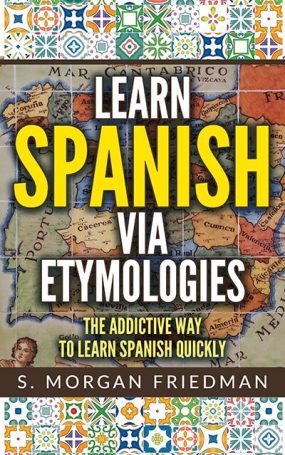Hombre, Spanish for “man”, comes from the Latin for the same, hominid. From the same root, we get the English hominid and the classic ad hominem attack.
Here’s the interesting part: the m-n sound in Latin consistently changed into the -mbr- sound in Spanish. Thus, we have parallels like nombre and nominal. And hombre maps exactly to this pattern with both ad hominem and hominid.


